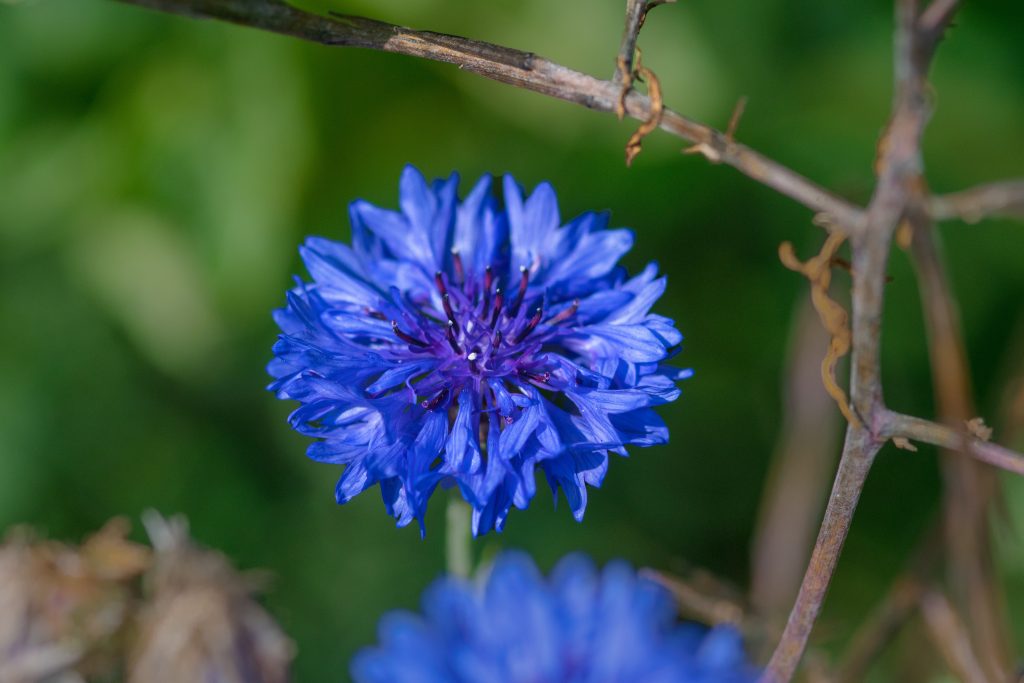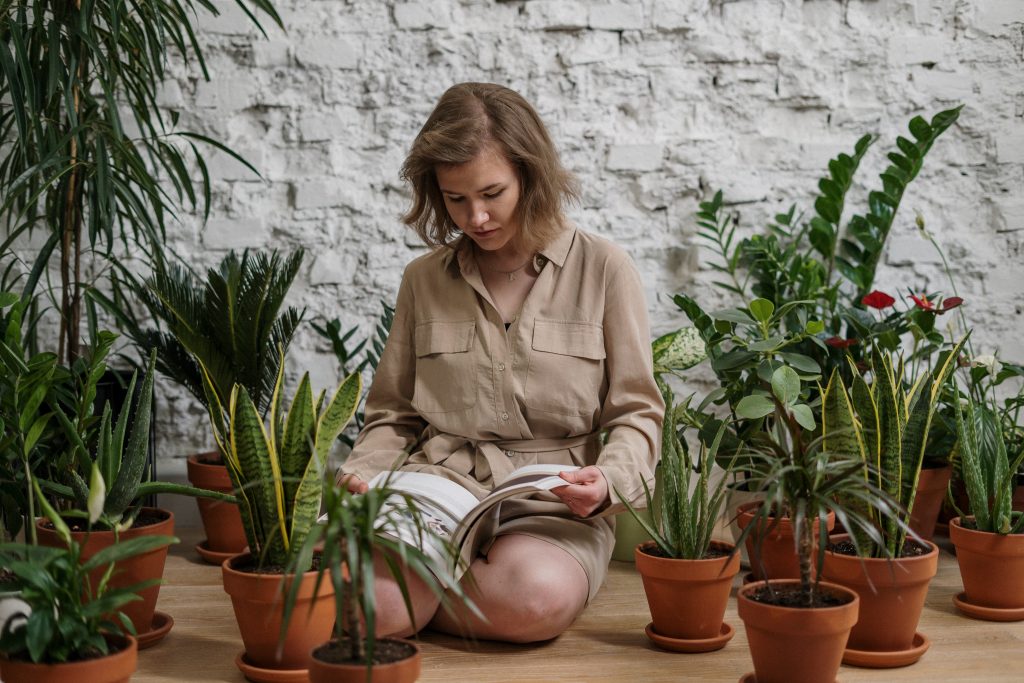Over the past three years I’ve been growing various annual vines in containers, trying about 6-8 different varieties of the most commonly found annual vines, each year. As you may have discovered yourself, annual vines like morning glories while beautiful and easy to germinate, can, and do, grow too quickly and with such vigor that they can, and will, get out-of-hand often before they bloom. Yet other annual vines are more tidy and manageable. I wanted to see what vines were the most manageable, and which ones were the most beautiful as a container plant, and which ones are best left to the trellis or telephone pole.
All of my vine trials were conducted in the same containers, 12″ deep long-tom clay pots. Dee enough to hold the 5′ bamboo canes (tied into a teepee) and heavy enough to keep the mature plants from tipping over in strong summer storms.

I remember reading in an old gardening book once that one should always approach vines with caution. They are biologically coded to be opportunistic, but that makes sense once you observe vines growing. They are simply designed to race up objects quickly to reach the canopy so that they can get sunlight and attract pollinators. I was reminded of this while botanizing in western China in 2018 when I saw clematis growing on a hillside in the Himalaya, often nearly completely covering the horizontal limbs of evergreens – looking more like a snowstorm had dusted each fir tree with a coating of snow. Clearly, clematis are designed to ramble through shrubs and trees more than they are designed to climb lamp posts.
These Asarina seedlings looked weak and unpromising until I transplanted them into the larger pots. They quickly grew into a fine looking specimen plant, never really outgrowing the 5 foot tall tower, and bloomed well past frost hit in October. Asarina comes in purple, pink, white and magenta depending on the species and selection. All are fine, delicate and perfect for pot culture.

These annual peas – Lathers species, related to sweet peas, needed additional support to have been able to climb the bamboo canes. I should have added bird netting or chicken wire wrapped around the towers so that tendrils could grab and grow tall. Other lathyrus species need twiggy branches to grow through, e specially if they are a species that doesn’t from tendrils.
Knowing how your vine ‘climbs’ is helpful, as sometimes you may need to add bird netting or chicken wire – even wrap the entire teepee with twin if the vine climbs by using tendrils (like grapes or sweet peas), while other vines naturally twine around the support, such as with morning glories. Then, there are vines with do neither, like nasturtiums – especially the yellow-flowers canary vine, which sometimes use their leaf-stems to twine (the petioles) or they prefer to just tumble and creep over branches in the wild. These will require more help such as hand tieing new growth with soft yarn or garden twine to get things going.

I tried to focus on the most common annual vines that any of us can find on a seed rack or in a seed catalog, but I also tried a few more focused trials – particularly with sweet peas, and other annual lathyrus, just to see what they would look like if grown in pots. Out common cut flower sweet peas – Lathyrus odoratus, the Spencer varieties and the old fashioned cut flower sweet peas, which not ideal for growing in pots, did do well if the pot was larger than the 12″ pots I first tried for the more rare, or unusual species. I will say that the species surprised me with how small many of them were once mature, and how unique the foliage and even the seed pods were – often even more interesting than their flowers were. The only downside was that they bloomed early, and only for a week or two, then set seed and died. Not a long-live potted plant.

